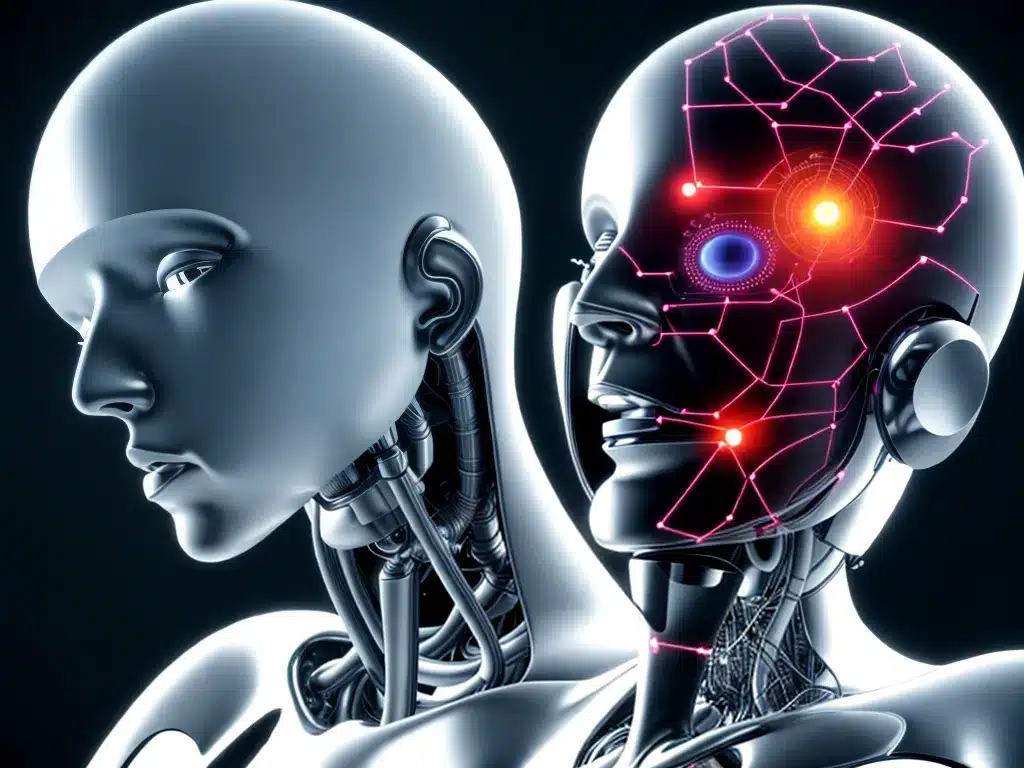
Introduction
The possibility of automating ethical decision-making has become increasingly relevant as artificial intelligence systems take on more responsibilities in areas like self-driving cars, healthcare, and finance. As AI becomes more advanced and autonomous, questions arise about whether we can or should hand over moral judgments to machines. In this article, I will explore the complexities and challenges involved in automating ethics.
The Difficulty of Encoding Ethics
Defining Right and Wrong
One major hurdle is that there is often no consensus on what the “right” decision is in an ethical dilemma. Philosophers have debated morality and ethics for millennia without reaching universal agreements. Even among humans, moral judgments can vary based on culture, religion, lived experiences, and emotions. Capturing the nuance and subjectivity inherent in human values poses a significant challenge for automating ethical decision-making.
Accounting for Context and Uncertainty
Additionally, many ethical dilemmas are heavily dependent on context, social norms, and subtle cues that are difficult to codify. An action that is ethical in one situation may be unethical in another. AI systems will need more advanced reasoning capabilities and common sense knowledge to account for contextual factors and uncertainty when making moral judgments.
Balancing Competing Priorities
Ethical dilemmas often involve balancing competing moral principles or duties, such as weighing individual rights versus collective good. There are usually reasonable arguments on both sides of an issue. It is not always clear how to prioritize these competing perspectives when designing value alignment for AI systems.
Approaches to Automating Ethics
Top-Down Rule-Based Systems
One approach is to hand-code rules and constraints meant to ensure ethical behavior, similar to Asimov’s “Three Laws of Robotics.” However, this can be limiting as it is impossible to anticipate every scenario. Exceptions will likely be needed, making the system overly rigid or inconsistent.
Bottom-Up Machine Learning
Alternatively, some researchers aim to train AI systems from the bottom up by feeding them examples of human moral judgments. However, this risks perpetuating existing biases if the training data reflects limited perspectives. The system may optimize to mimic what people do, not what they should do.
Hybrid Systems
A hybrid approach combines elements of top-down rules and bottom-up learning. The system is seeded with fundamental principles and then refined through experience. This allows for flexibility while still providing an ethical foundation. However, it can be challenging to determine which principles to start with.
Virtue Ethics and Value Alignment
Some propose aligning AI with virtues like honesty, compassion, and courage. This virtue ethics approach focuses on character rather than specific rules. The system exhibits ethically desirable traits through its objectives and behavior. However, virtue ethics provides less concrete guidance on ethical decision-making.
Challenges in Practice
Implementing ethical AI proves difficult even in controlled settings. Real world deployment poses further challenges:
-
Lack of Transparency: The reasoning behind an AI system’s moral judgments is often opaque and difficult to explain. This makes it hard to audit for bias or errors.
-
Difficulty Adapting to Novel Situations: AI systems may fail or act unethically when confronted with new scenarios outside their training data. Ensuring reliable and generalizable performance is an open problem.
-
Value Misalignment: Without careful design, AI goals can diverge from human values in unpredictable ways. Detecting and correcting misalignment remains an active area of research.
-
Responsibility and Accountability: If an AI system makes an unethical choice, legal and ethical questions arise regarding who is responsible – the developer, user, or AI itself? Systems must have oversight and traceability.
The Path Forward
Automating ethics is an enormously complex task full of conceptual and technical hurdles. While narrow AI applications may incorporate ethical guidelines, general artificial intelligence matching human-level reasoning remains far off. Going forward, technologists, ethicists, and policymakers should collaborate to chart an ethical course for AI development. Key considerations include:
- Articulating shared moral values for AI systems to respect.
- Improving transparency and explainability.
- Enabling oversight, auditing, and correction of unethical behavior.
- Clarifying legal and ethical accountability.
- Anticipating risks and challenges proactively.
Rather than viewing ethics as a hurdle for AI developers, ethical considerations should inform the technology from the start. Thoughtful design can lead to AI systems that enhance human principles rather than undermining them. While true artificial moral intelligence presents massive challenges, the difficulties involved underscore why it is vitally important that ethics remain at the fore as these technologies continue advancing.












